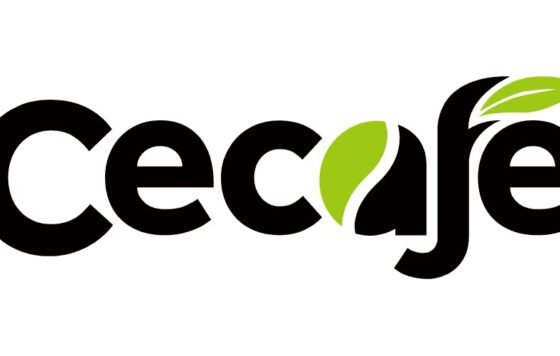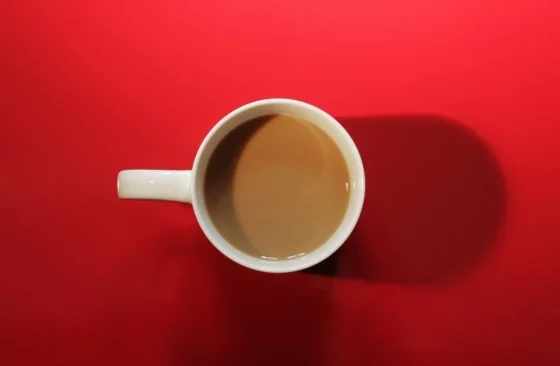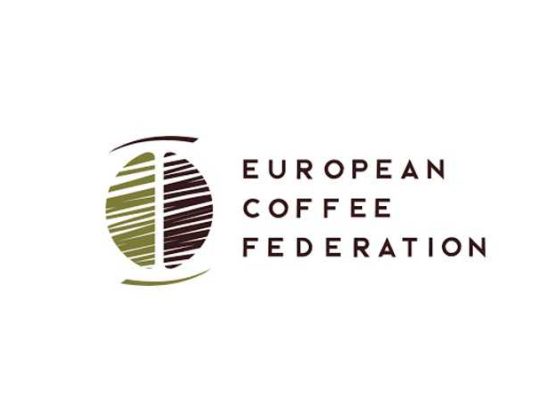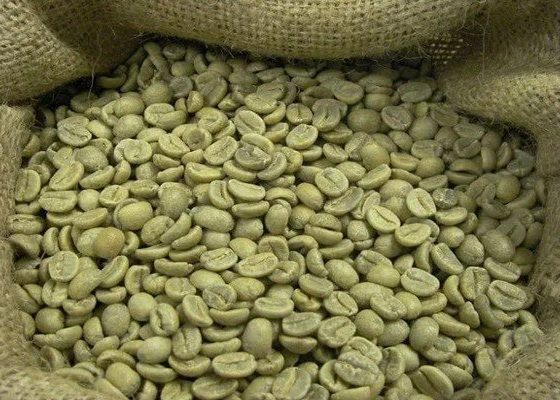Even as coffee culture goes ever-more upscale, with java aficionados demanding novelties such as micro-lot brews (from beans grown on a single plot of land), Nestle SA (NESN) says it can help restaurateurs boost profits with a new twist on an old product: instant coffee.
The Swiss company’s Professional division, which supplies Nescafe soluble coffee to restaurants and offices, has introduced three ranges of machines since 2009. This year it plans to roll out its latest model in 16 markets in Europe, which executives say will help companies reduce costs and wastage as the economy suffers.
“This crisis has brought a focus on the inefficiencies that in the past were tolerated,” said Marc Caira, the head of Nestle Professional.
Until now, Nestle Professional had focused on sales of soluble coffee and powdered milk for use in other companies’ machines. By selling its own equipment, Nestle can improve efficiency and the quality of the coffee, Caira said in an interview in Orbe, Switzerland, the site of the factory where the company first made Nescafe, the instant brew it introduced in 1938.
While the economic downturn is prompting Europeans to eat out less in the short term, overall consumption of food and beverages outside the home is increasing as incomes in emerging markets rise and people migrate to urban areas. Revenue from coffee in the food service industry is expected to increase 19 percent by volume between 2011 and 2016, outpacing 12 percent growth for retail sales of java over the same period, according to Euromonitor International. Both markets expanded 3 percent last year.
Selling Coffee
Nestle’s goal is machines that are easy to operate, serve a greater variety of drinks and require less training to use. One entry-level model, the Alegria 510, sells for about 129 euros ($160), with others provided free of charge. Nestle generates revenue from sales of ingredients and maintenance and service contracts.
“For Nestle it’s all about selling coffee,” said Richard Withagen, an analyst at SNS Securities in Amsterdam. “The machines make a lot of sense because when you expand your installed base of machines you can be sure people will buy your coffee as well.”
While Nestle Professional doesn’t provide revenue figures, its coffee and machine business is expanding at a “significant double-digit” pace, according to Caira. With the rollout of new machines, he expects long-term sales growth to exceed Nestle’s overall corporate target of 5 percent to 6 percent.
Competing on Taste
The expansion pits Nestle Professional’s products against traditional espresso makers. To compete on taste, the top-end machines — called Viaggi — use soluble coffee that’s extracted only from the best part of the bean, according to Caira.
For some machines in the Alegria range, which typically dispense free coffee in offices and businesses such as hairdressers, the company boosts the flavor by combining soluble grains with microgrinds, or beans that have been crushed finely. Starbucks Corp. (SBUX) (SBUX) uses microgrinds for its Via instant coffee. Some models use powdered milk, while others use liquid milk thanks to technology developed for Nestle’s nutrition unit.
A caffe latte from a Viaggi machine typically sells for about 4 euros and up. The same drink from a Milano machine, the mid-range of the lineup, is between 2.50 and 4 euros, or about the price for a similar offering in a typical European cafe.
New Territory
“Prior to this, we were competing with other soluble coffee,” said Michiel Kernkamp, the head of beverages at Nestle Professional. “Now we’re competing with roast-and-ground. It’s completely new territory for us and we’re seeing massive growth.”
Instant coffee, though, isn’t to everyone’s taste. “Soluble coffee has a cheap image in Europe and North America, so it could be hard sell there, but selling to food service is not only about the product itself,” said Hope Lee, an analyst at Euromonitor in London. “It’s also about the whole service.”
Restaurant owner John Grisetti in December swapped a barista-operated espresso machine he’d used for 18 years for a Nescafe Milano model. He’s already seeing cost benefits and finds the convenience of the new machine to be a plus as more customers try specialty drinks such as banana- or vanilla- flavored iced coffee at 4.50 francs per cup.
Consistent Quality
“The quality of the coffee is the same all year, but with the previous machine it was up and down” because of the skill needed to operate it, Grisetti said at his Chez John restaurant, about 10 minutes’ walk from Nestle’s headquarters along the shores of Lake Geneva.
Switching to the Nestle machine will probably save about 1,300 Swiss francs ($1,346) a year in coffee costs, Grisetti said. With powdered milk, he’ll save another 600 francs on milk.
The growth in the professional coffee machine business is also being driven by consumers demanding a greater variety of drinks, according to Kernkamp. While coffee-drinking used to begin at home where it was usually taken black, younger people are increasingly acquiring a taste for java through milk-based beverages in cafes, he said.
“Youth are getting into coffee through latte macchiatos, cappuccinos or iced frappuccinos, so white is the entry point and it’s actually growing much faster than black,” Kernkamp said. “The long Americano black is still important but it’s being replaced by much higher-value beverages.”
Source: businessweek.com/news/2012-06-04/nestle-selling-new-coffee-machines-as-recipe-for-growth









